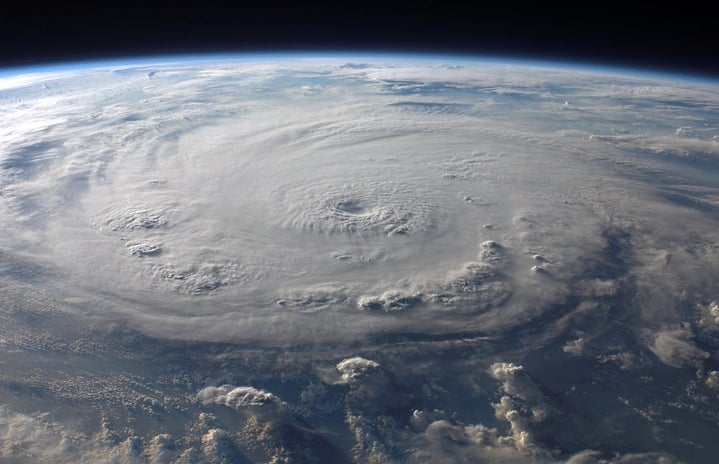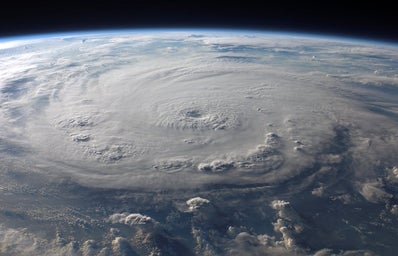From late September to early October, Hurricane Ian left its mark as one of Florida’s deadliest and costliest hurricanes to date. Ian made landfall ripping through the Caribbean while intensifying to a Category 3 storm and bringing heavy rainfall and strong winds to Western Cuba. Ian’s catastrophic path through Cuba left at least 5 people dead and over 100,000 homes damaged, but the destruction had just begun.
The storm quickly intensified to a Category 4 and made landfall on the southwest coast of Florida on Cayo Costa Island, moving upward along Florida’s west coast. After a week of preparations, including 55 public school district closings and 300,000 people fleeing their homes under mandatory evacuation orders, Hurricane Ian proved that no preparations would be great enough. Ultimately Hurricane Ian took over 100 lives and caused multi-billions of dollars in damages in Florida alone.
Despite Florida’s long road to recovery post-Ian, the state is now bearing the brunt of Hurricane Nicole which made landfall as a Category 1 storm early on the morning of November 10. Nicole is a rarity being the first November hurricane to hit the U.S. in 40 years and marking the 8th storm hitting Florida in the 2022 season. Could rising water temperatures and climate change be to blame for this type of escalation?
Evidence has shown that there has been no consistent uptick in the number of hurricanes in the last 150 years, but as a result of human-caused climate change, hurricanes have become stronger and more destructive. Because hurricanes of this magnitude require an extraordinary combination of adverse factors, it can be hard to predict how climate change will impact hurricanes. The climate models used to understand these events are extremely complex, but below is a taste of what they show.
Climate models
Wind intensity of storms is increasing due to human-caused climate change. The likelihood of hurricanes intensifying dramatically in short periods of time is also increasing. This phenomenon, seen with Hurricane Ian, is known as rapid intensification: a 35 mph increase in a tropical cyclone’s sustained winds within 24 hours. Hurricane Ian was subject to rapid intensification twice along its path.
For rapid intensification to occur, we need warm sea surface temperatures and moist air. The sea surface temperature has risen by 0.14°F a decade, on average, in the last century. Because of this, more water is being evaporated from the earth’s surface. As Earth’s surface warms along with water, the air holds more water vapor that can produce more intense rainfall during a storm. Moist air is drawn towards the center of a hurricane adding fuel to surrounding thunderstorms. As our climate changes these conditions become more conducive for advancing hurricanes.
The increasing temperature of our planet does not stop here when it comes to hurricanes. Sea levels are currently rising at 3.3 mm a year due to increasing ocean temperatures causing glaciers and ice caps to melt. Rising ocean levels cause storm surges to extent of flooding inland.
As more data is collected on these evolving hurricanes, we will be better equipped with information on how to stay protected. Unfortunately, these conditions may be difficult to predict.
Conclusion
Due to the current unexpected nature of these storms rapidly intensifying, we are likely to see more fatalities and costlier damage. As the likelihood of billions of dollars in damages, power outages, and flooding remain high the best thing to do is remain prepared. Always know your risk by staying informed about emergency alerts and evacuation zones. Be sure to have an emergency plan and important documents and supplies, prepare your home, and check on those who may need extra help.


